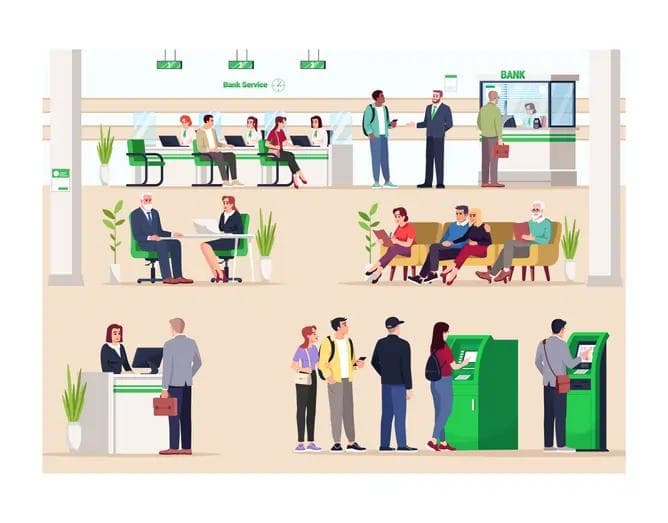Open Banking and Cross-Border Payments: Advancements and Challenges
Open Banking and Cross-Border Payments: Advancements and Challenges
Published by Wanda Rich
Posted on April 23, 2024

Published by Wanda Rich
Posted on April 23, 2024

Open Banking and Cross-Border Payments: Advancements and Challenges
As the global financial ecosystem becomes increasingly interconnected, open banking is emerging as a pivotal technology in revolutionizing cross-border payments. With experts like Lasma Kuhtarska, Co-founder and Strategy Advisor at Noda, leading the way, the synergy offers profound efficiencies and transparency, allowing businesses and consumers to navigate international transactions with unprecedented ease. However, despite significant advancements, the integration of open banking into cross-border payments also presents unique challenges that need careful navigation.
Advancements in Open Banking for Cross-Border Payments
Open banking, by design, facilitates a more integrated financial services environment. The use of APIs (Application Programming Interfaces), allows banks and non-banking financial institutions to share financial data securely and efficiently with third-party providers (TPPs). This capability is particularly transformative for cross-border payments, offering several notable advancements:
Challenges Facing Open Banking in Cross-Border Payments
While the benefits are clear, the path to fully integrating open banking with cross-border payments is fraught with challenges:
Lasma Kuhtarska
Insights from Industry Leaders
Leaders in the financial technology sector are actively exploring solutions to these challenges. Lasma Kuhtarska, Co-founder and Strategy Advisor from Noda, a prominent player in the open banking field, shares her perspective:
“At Noda, we see tremendous potential for open banking to simplify and economize cross-border payments. Our platform is designed to overcome traditional barriers through advanced AI and machine learning technologies, which ensure compliance and security across jurisdictions. Open banking presents an opportunity not just to enhance operational efficiencies but also to forge stronger, more transparent financial relationships globally.”
The Road Ahead
As the industry continues to evolve, the future of open banking in cross-border payments will depend heavily on collaboration between financial institutions, regulatory bodies, and technology providers. Innovations like blockchain and more advanced data security measures are likely to play a critical role in addressing the challenges of regulatory divergence and data security.
Efforts to standardize open banking practices internationally could also contribute to more streamlined and secure processes, paving the way for a more integrated and efficient global financial system.
In conclusion, while open banking presents clear advantages for cross-border payments, addressing the associated challenges is crucial for realizing its full potential. The financial sector’s ability to navigate these obstacles will determine the speed and extent of open banking’s impact on international commerce. As we move forward, the role of innovative solutions and collaborative efforts in this domain cannot be overstated.
Explore more articles in the Banking category











